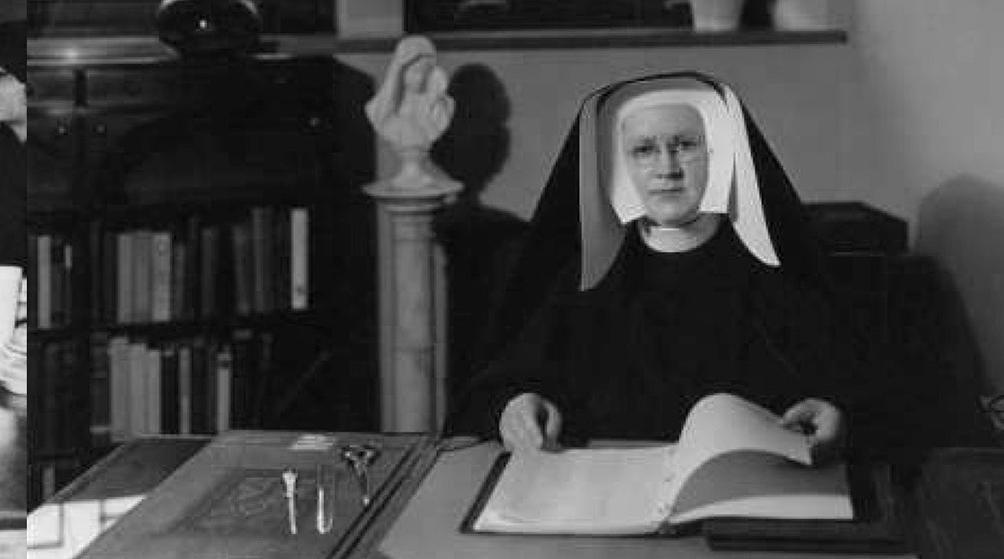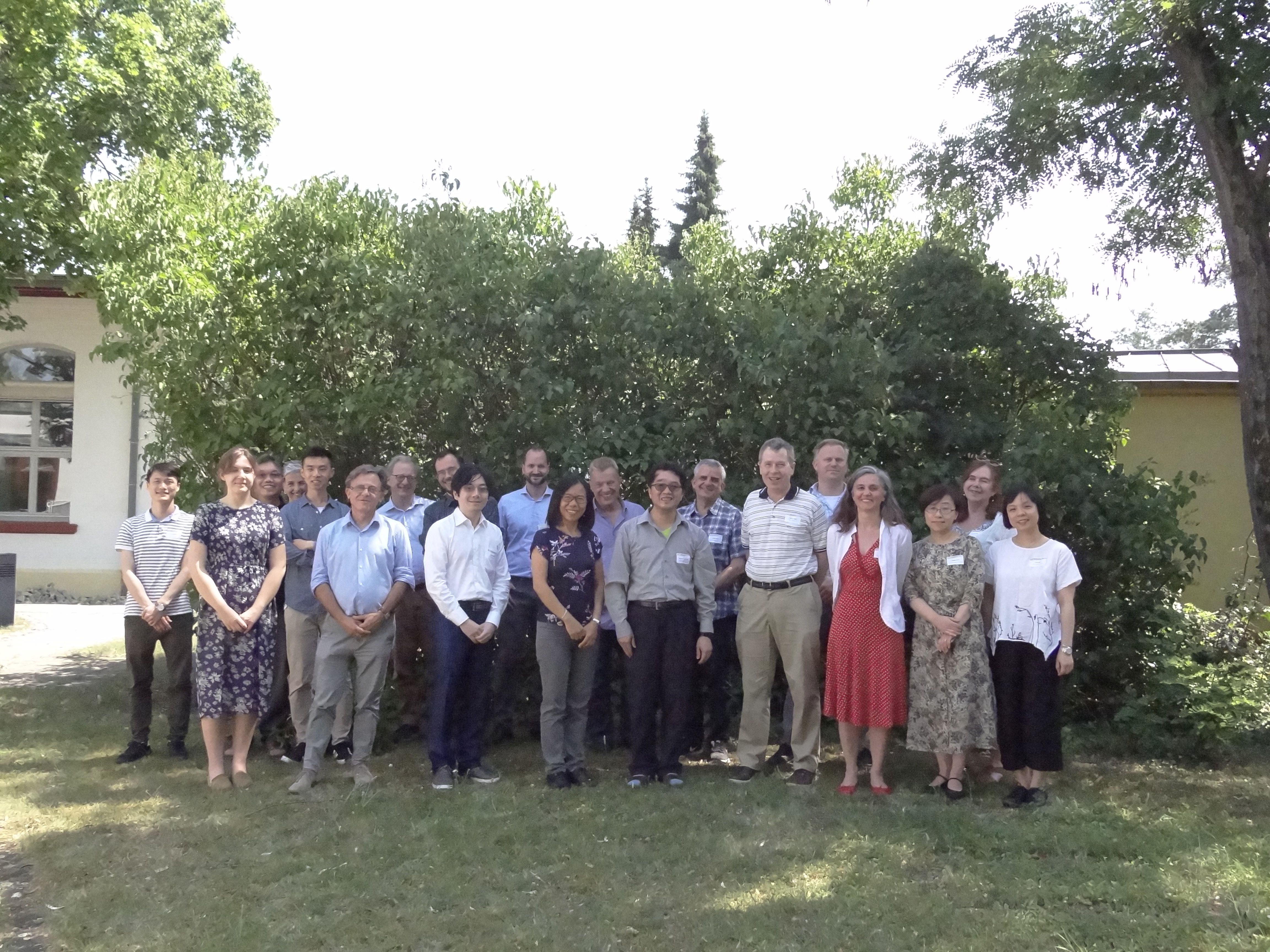archive
.png)
EVENTS
Whale Watching in the Medieval North Atlantic
On Monday, February 4, join Dr. Vicki Szabo, author of Monstrous Fishes and the Mead-Dark Sea: Whaling in the Medieval North Atlantic (Brill, 2008), for an exciting lecture exploring marine mammal use and populations in premodern Europe! This talk is the first "Medieval Environments" lecture of the semester, a collaboration between Loyola's Medieval Studies Center and Institute for Environmental Sustainability.
DETAILS
EVENTS
Where Historians Teach Panel Discussion
Thinking about careers? Currently on the job hunt? Join us on Tuesday, April 9 at 4pm in Cuneo 312 for a panel on "Where Historians Teach: A Discussion About Teaching Careers for Historians in Secondary Ed, Higher Ed, and Public History." Panelists include: Sarah Doherty, PhD, Assistant Professor of History at North Park University; Bryan Escobar, MA, Public Historian, Arts and History Specialist, Waukegan Park District; Amelia Serafine, PhD, Instructor, San Antonio College; Charles Tocci, PhD, Assistant Professor, School of Education, Loyola University Chicago.

SPOTLIGHT
Voices from Mundelein: Media Portal
This past summer, graduate students Jenny Clay and Nathan Ellstrand worked with the Women and Leadership Archives to create the Voices from Mundelein: Media Portal. Showcasing images alongside more than 30 interviews, the site shares the stories of women religious, students, staff, and faculty from Mundelein College.
VIEWHistorians in the Field: Ramblers at the 2019 AHA Conference
The American Historical Association took Chicago by storm this month and the Ramblers were there to greet them.

EVENT
Welcome Back Night for History Majors
All history majors are invited to attend a welcome back info session on September 11 at 4 PM in Crown Center 528. Learn more about the program, what requirements are needed to graduate, what you can do with a history degree post graduation, and ask any other questions you may have about the program.
DETAILSLoyola at the Spirit-Writing in Chinese History Conference
This summer Dr. Elena Valussi traveled to Erlangen, Germany for the two day Spirit-Writing in Chinese History Conference. Dr. Valussi is a senior lecturer of Chinese history and teaches various upper level courses on East Asian history. Among her many professional activities, Dr. Valussi organized this international conference and shared her work from Sichuan, China. The “Mapping Religious Diversity in Modern Sichuan: A Spatial and Social Study of Communities and Networks” received a three-year research grant of 100,000 euros from the Taiwanese Chiang Ching-kuo Foundation for International Scholarly Exchange. Dr. Valussi joins a team of scholars to explore rural religious diversity.

Spirit-writing denotes a Chinese religious practice that stretches back at least to the 10th century AD. Using a wooden implement, practitioners transmit messages in sand or ashes that are attributed to supernatural beings. Research on the practice has progressed substantially in recent years and we now have a good sense of its general role in Chinese history. Spirit-writing has been used to obtain knowledge about the future, to transmit medical prescriptions, or to compose “morality books” (shanshu). Although primarily an expression of lay religiosity, it has also shaped religious communities through the production of scriptures, commentaries, sermons. For this reason, it particularly lends itself to religious innovation. Moreover, it was not restricted to any social group but profited from the ability to draw in a large segment of society. Although facing periods of suppression, especially in mainland China after 1949, its practitioners have been able to adapt spirit-writing to changing social, political, and cultural contexts. It has remained a meaningful practice until this day and thrives in Chinese-speaking communities in Taiwan, Hong Kong, Singapore, and Southeast Asia. There is thus no denying that spirit-writing has been an important factor shaping Chinese history and Chinese religions until this day.
The conference aimed at providing a historical framework for the variety of spirit written materials we have as well as identifying spirit-writing’s place in China’s religious landscape -- in particular, its relation with established religious traditions like Buddhism, Daoism, and Confucianism. It also aimed to take into account the broader transcultural context in which the practice was and is situated, first within Asia, with examples from Vietnam and Korea, then, from a comparative perspective, with Western practices of spiritualism.
